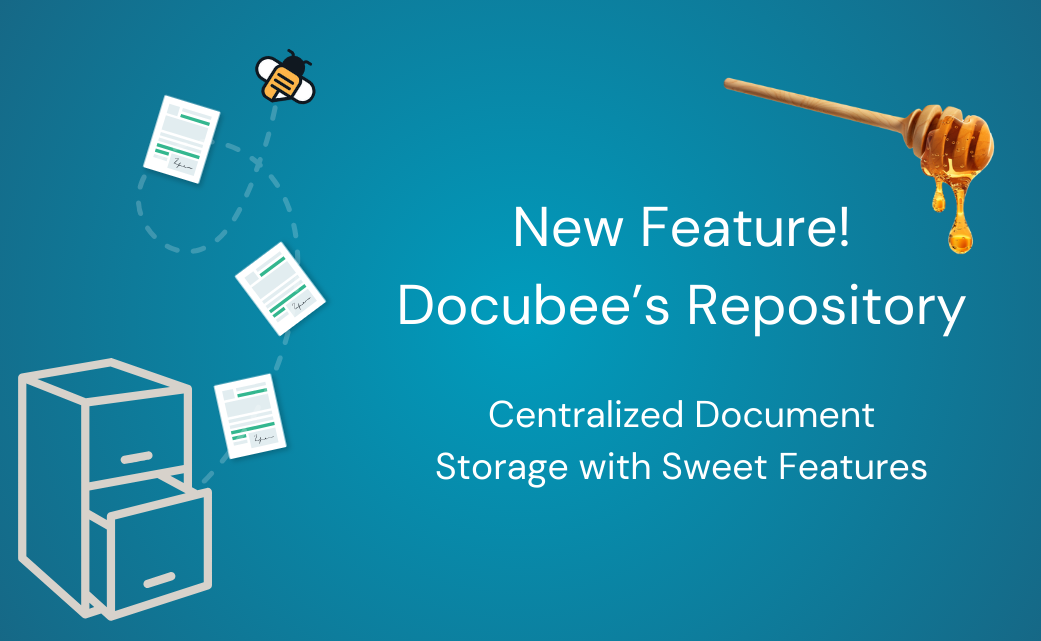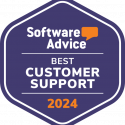5 Tips on Buying Technology for Legal Firms and Departments
The right technology for legal firms and departments can be your most significant differentiator in a rapidly evolving legal landscape. Benefits found from choosing the right vendor include streamlined operations, improved efficiency, and long-term strategic advantages. But how do you cut through the noise of countless vendors all claiming to have the best solution for your legal team?
In a panel discussion during the recent Buying Legal Conference, Amber Sasso, Strategic Business Partner, and Cory Potomis, Chief of Staff and Head of Legal Operations at Novo Nordisk, shared their insights on navigating the legal technology software marketplace. Led by Docubee’s Jason Lee, the panel provided invaluable strategies for selecting, evaluating, and implementing the right technology for your organization.
While no one-size-fits-all approach exists, this blog reveals five key considerations to guide your legal tech purchasing decisions for lasting success.
1. Uncovering the Right Vendor: Go Beyond the Sales Pitch
First and foremost, potential tech solutions must align with your legal firm or department’s strategic goals before any further research is done. During the discussion, Cory Potomis shared that the biggest mistake a legal team can make is starting with technology and trying to force it to fit their needs. Instead, he advises, “Before you even start looking at vendors, ensure your department’s goals are clear. Only then can you identify a solution that genuinely aligns with what you want to achieve.”
This requires taking a step back to evaluate the larger picture and understand where your department and organization are going and where they want to be in the future.
Amber Sasso highlighted the role of procurement in making these decisions. “Legal departments often focus solely on their immediate needs, but procurement can take a 30,000-foot view,” she shared. This holistic approach helps ensure that new technologies integrate seamlessly with existing enterprise platforms.
2. Testing Legal Tech Software in Real-World Scenarios
Both panelists emphasized the importance of in-depth demos and sandbox environments following validation of the prospective vendor’s alignment. Before demos and testing, transparency about internal challenges is key during initial conversations. “Be upfront with vendors about potential hurdles, whether that involves integration with existing systems or unique workflow challenges,” shared Potomis. “The best vendors will be willing to help you navigate these obstacles.” This willingness to adjust will be apparent in further discussions and demos.
Once challenges are communicated, it’s time to demo prospective tools. Potomis recommends multiple demo calls, as the first tends to provide a high-level overview of the product’s capabilities, much like a first date. While it is essential to be mindful of everyone’s time, having more in-depth demos that explore specific use cases and features is imperative when evaluating a tool for your organization.
If offered, sandboxing or creating an isolated testing environment is a helpful testing method. “The proof is in the pudding,” said Sasso. “Vendors can talk a big game during a demo, but when you test it out yourself, that’s when you really see what it’s capable of—or not.” Sandboxes allow your team to feature test and evaluate ease of use before taking the plunge.
3. Adapting and Scaling: The Future of Legal Tech
Legal tech solutions should not only meet your current needs but also be flexible enough to grow with your organization. As Potomis pointed out, adaptability isn’t a luxury—it’s a necessity. “The legal environment is fast-paced, and regulations change constantly. Your tech should be able to adapt without requiring a complete overhaul.” For this reason, determining a vendor’s roadmap plans and responsiveness to industry changes is essential.
Cost considerations are always a priority as well, and the value of a flexible pricing model can’t be overstated, especially when you’re supporting growth and adapting to changes over time. Sasso stressed the importance of flexible pricing models, particularly for technologies like e-discovery, where usage can fluctuate dramatically. She recommends negotiating terms that allow for scalability as part of your contract, ensuring cost efficiency during low- and high-volume periods.
Flexibility in pricing and features is a significant consideration for legal professionals seeking a long-term solution.
4. Implementing for Success: Vendor Support is Key
This panel emphasized that effective implementation and ongoing support can make or break a technology investment. Amber Sasso advised, “Before you sign the contract, think about how you’ll transition from your current provider and ensure that your new vendor is committed to providing support not only during onboarding but long after the initial setup.”
Let’s face it: no one likes being stranded when issues or questions inevitably arise. Properly vetting the customer support offered by a prospective vendor will save headaches and productivity issues later.
Further, vital considerations for product set-up include asking potential vendors about data migration fees, contractual agreements surrounding implementation support, and whether collaboration with old providers is offered.
5. Effective Communication with Internal Stakeholders
A solid change management plan is essential for successful adoption. It ensures that the technology meets the needs of all internal stakeholders, not just those directly involved in the implementation.
Potomis shared that successful implementation requires robust internal stakeholder engagement. “Technology is only useful if people actually use it,” he said. “Make sure your legal team is on board from day one and understands how the new system will improve their workflow.” Engaging internal stakeholders early in a solid change management plan ensures that the technology meets their needs and integrates well with existing systems.
Connecting with regional colleagues before implementation is essential for global companies. This further enhances planning and helps avoid complications such as compliance issues or redundant IT solutions.
Building Strategic Partnerships with the Right Legal Technology
As Lee aptly summarized, “The most successful tech implementations happen when legal, procurement, and vendor teams are all on the same page, working toward shared goals.”
This was illustrated in the recurring theme at the heart of this discussion: successfully adopting a legal tech solution is about strategic alignment with your internal goals and the vendors you partner with. Before making your next legal tech buy, aptly vet your vendors for strategic alignment and features, open the conversations with internal stakeholders, and ensure prospective vendors are dedicated to a smooth implementation.
By fostering these transparent, collaborative relationships with vendors and involving all relevant stakeholders from the outset, legal departments can ensure that their technology investments drive long-term success.
Want more information on how to buy the right legal technology? Pre-save Docubee’s How to Buy (or Not Buy) Legal Technology eBook, coming soon.











